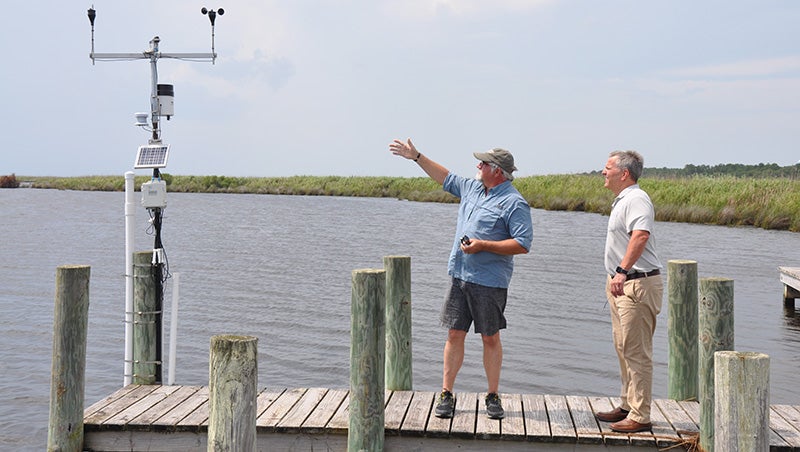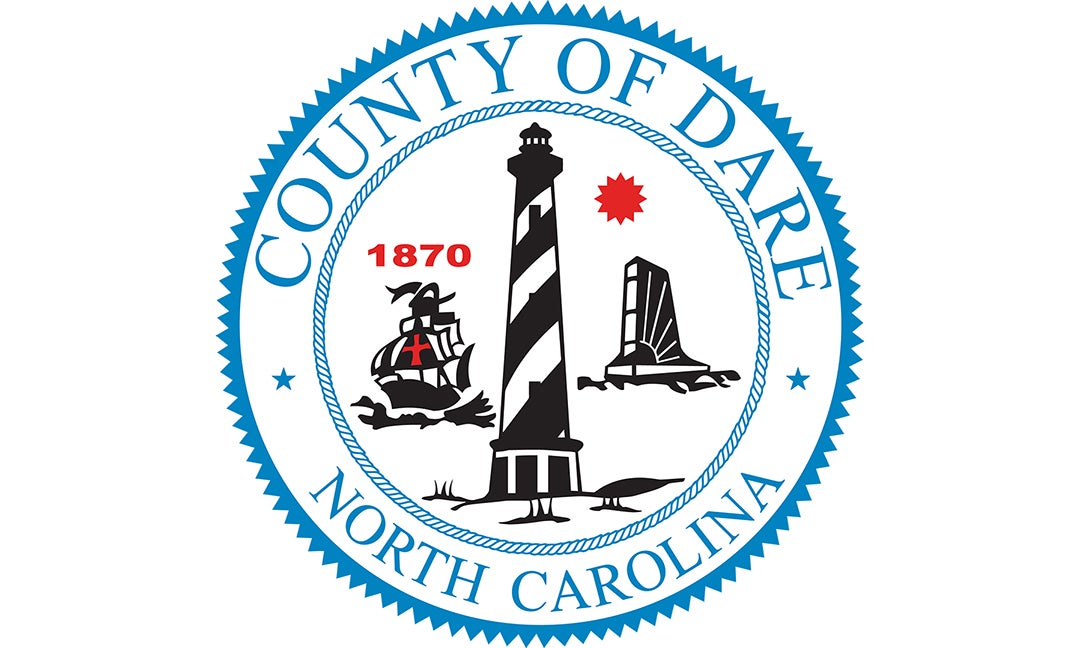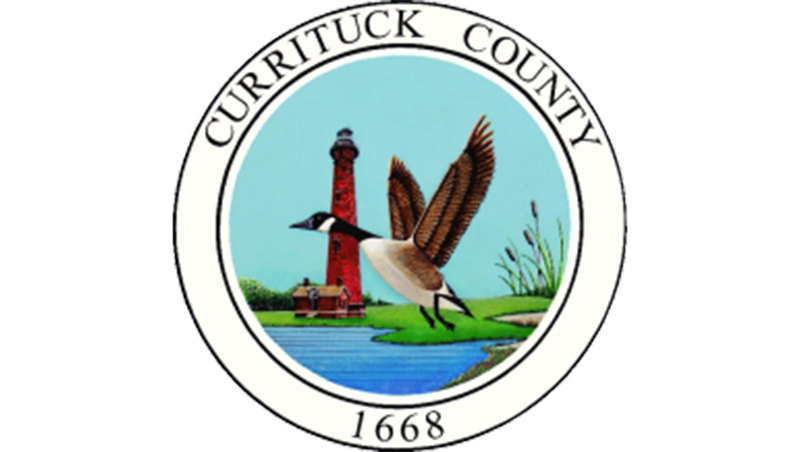AG Stein visits Audubon Pine Island Sanctuary, learns more about conservation and restoration efforts
Published 1:30 pm Thursday, July 13, 2023
|
Getting your Trinity Audio player ready...
|
North Carolina Attorney General Josh Stein visited the Donal C. O’Brien Sanctuary and Audubon Center at Pine Island near Corolla last Wednesday, July 5, 2023 to learn more about the conservation and restoration efforts taking place there.
A $97,604 award from the North Carolina Department of Justice Environmental Enhancement Grant Program in 2020 helped pave the way for a landmark Marsh Conservation Plan that identifies a number of threats facing the Currituck Sound, along with a blueprint on some of the best ways protect and restore a rare and valuable coastal ecosystem for both the people that visit the area and the wildlife living.
“This is a spectacularly beautiful spot,” said Stein, “and we should be proud that it is here on the Outer Banks and grateful to the Audubon folks for doing such a wonderful job preserving it. This place is ever-changing, in that it’s not been fixed in time, and the important thing is to figure out how do you preserve its essence even as it changes over time.”
According to the center’s director Robbie Fearn, Audubon had been looking for a way to bring the community together for a response to the changes happening to the marsh as a result of sea level rise.
“The EEG grant,” Fearn explained, “allowed us to take the group of people we had put together, that includes the Currituck Sound Coalition, U.S. Army Corps of Engineers and local hunters, to identify challenges and solutions to changes in the sound. The plan helped us come together with a shared vision for the future. Audubon didn’t want to just come in and tell people what should happen.”
Fearn went on to say the area around the center is a very unusual ecosystem.
“That’s because [the water] is primarily fresh,” Fearn continued. “It is a little bit salty, and we are so far from the inlet that we don’t get the lunar tides. It is all wind driven. In my 10 years here, I’ve seen the sound breaking on the road up here and also seen the water down at the end of our dock at seven inches. With that level of change, and those impacts, we wanted everybody to talk together.”
With additional funds from other grants, a satellite mapping project helped identify areas that are expected to disappear unless something is done about it.
“In the future there is going to be more marsh in eastern North Carolina,” Fearn added. “The challenge is that we could lose all the marsh before we get new marsh. By reviving and conserving the sound’s marshes, we can make bird habitat and neighboring communities more resilient to flooding, sea level rise and storms.”
According to the plan, during the past 100 years there have seen considerable changes to the South Atlantic Coastal Plain from a growing human population that impacts the biological diversity and environmental health of the region’s landscapes and seascapes.
The result is the 153-square-mile estuary with waters touching Currituck and Dare counties in North Carolina and the cities of Chesapeake and Virginia Beach in Virginia that make up the Currituck Sound marshes are increasingly at risk from threats such as habitat loss and fragmentation, sea level rise and proliferation of invasive aquatic plants. The loss of marsh area has led to declining bird and fish populations in the sound.
Marshes are the primary conservation plan focus, with secondary conservation targets that include submerged aquatic vegetation, water quality, fisheries and birds. Of the nearly 35,000 acres of marshes in the planning area, 21,194 acres are currently protected by conservation organizations, easements or other land protection incentives or regulations. Other focus areas include filling knowledge gaps through research and monitoring to better understand erosion trends, sediment supply and transport, water quality, and wildlife populations in addition to coordinating management of marshes.
The Pine Island sanctuary at the south end of the Currituck Outer Banks includes 2,600 acres of marsh with 600 acres of upland maritime forest. Largely free from development, birds and other wildlife have a protected place free from human disturbance. A 60-acre education campus surrounds a historic 1913 hunt club that plays host to a number of researchers, adult education participants and various conservation leaders. The public also has access to the property through kayak tours, public programs and a 2.5 mile nature trail.
Prior to heading back to Raleigh, Stein said “Land of this beauty can serve us all and it’s good to know they want to make sure this place remains open for visitors to enjoy, for kayakers, for birders, and for hunters.”
About the Currituck Sound Coalition
The Currituck Sound Coalition was formed in October 2019 by Audubon to foster collaboration among diverse partners on ecosystem restoration and conservation in the Currituck Sound. It is composed of non-profit organizations, academic institutions, local communities and state and federal government agencies working together voluntarily on ecosystem restoration and conservation initiatives in the Currituck Sound region. Members include:
● Albemarle-Pamlico National Estuary Partnership
● Audubon North Carolina
● Chowan University
● Coastal Studies Institute
● Currituck County
● Ducks Unlimited
● National Wildlife Refuge Association
● North Carolina Coastal Federation
● North Carolina Coastal Reserve And National Estuarine Research Reserve
● North Carolina Sea Grant
● North Carolina Wildlife Resources Commission
● The Nature Conservancy
● Town Of Duck
● U.S. Fish And Wildlife Service
For more information about the Pine Island Audubon Sanctuary, visit pineisland.audubon.org/.
SUBSCRIBE TO THE COASTLAND TIMES TODAY!











